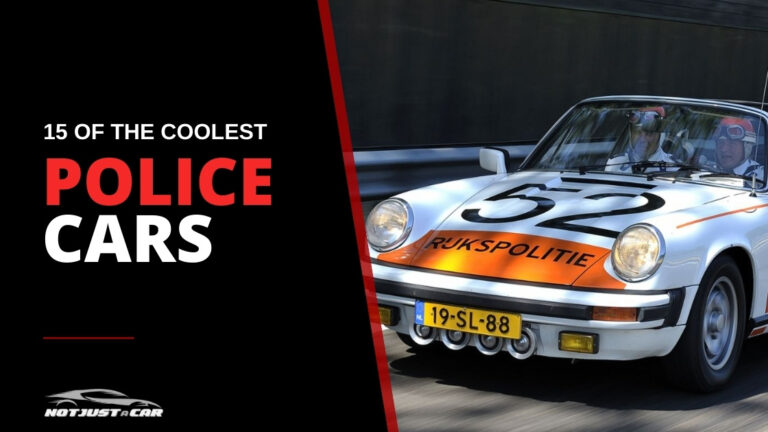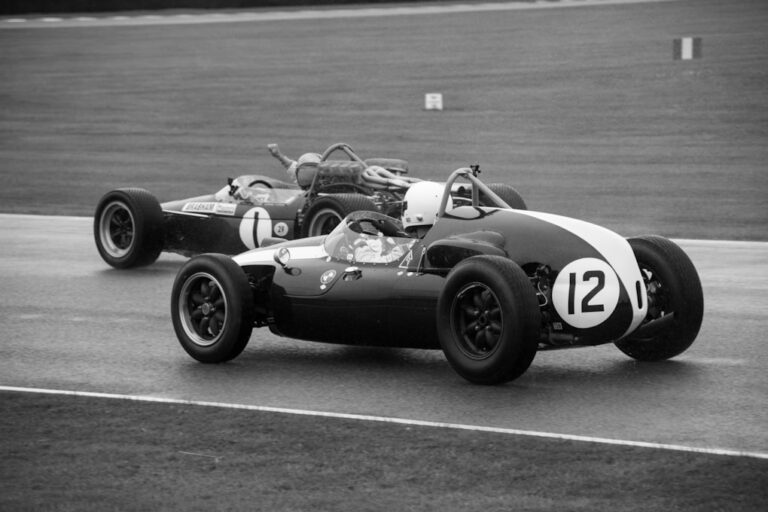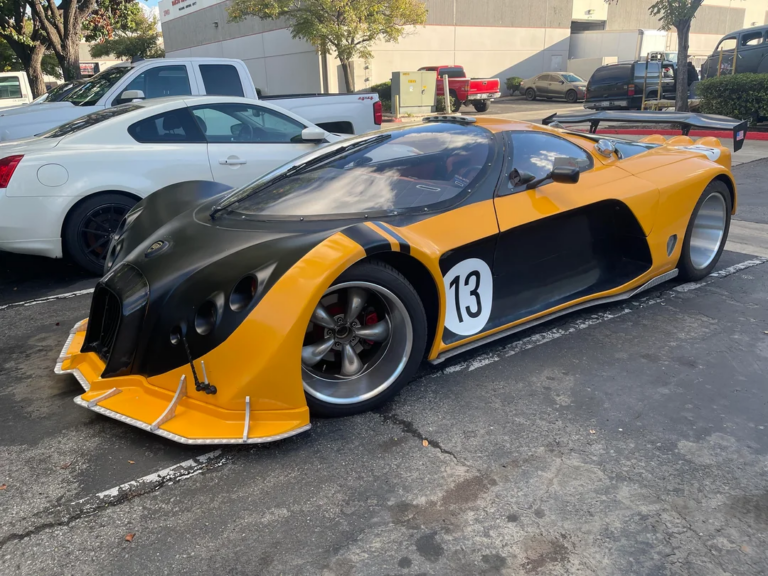The Ghost of Le Mans: This Porsche Was So Fast It Was Banned
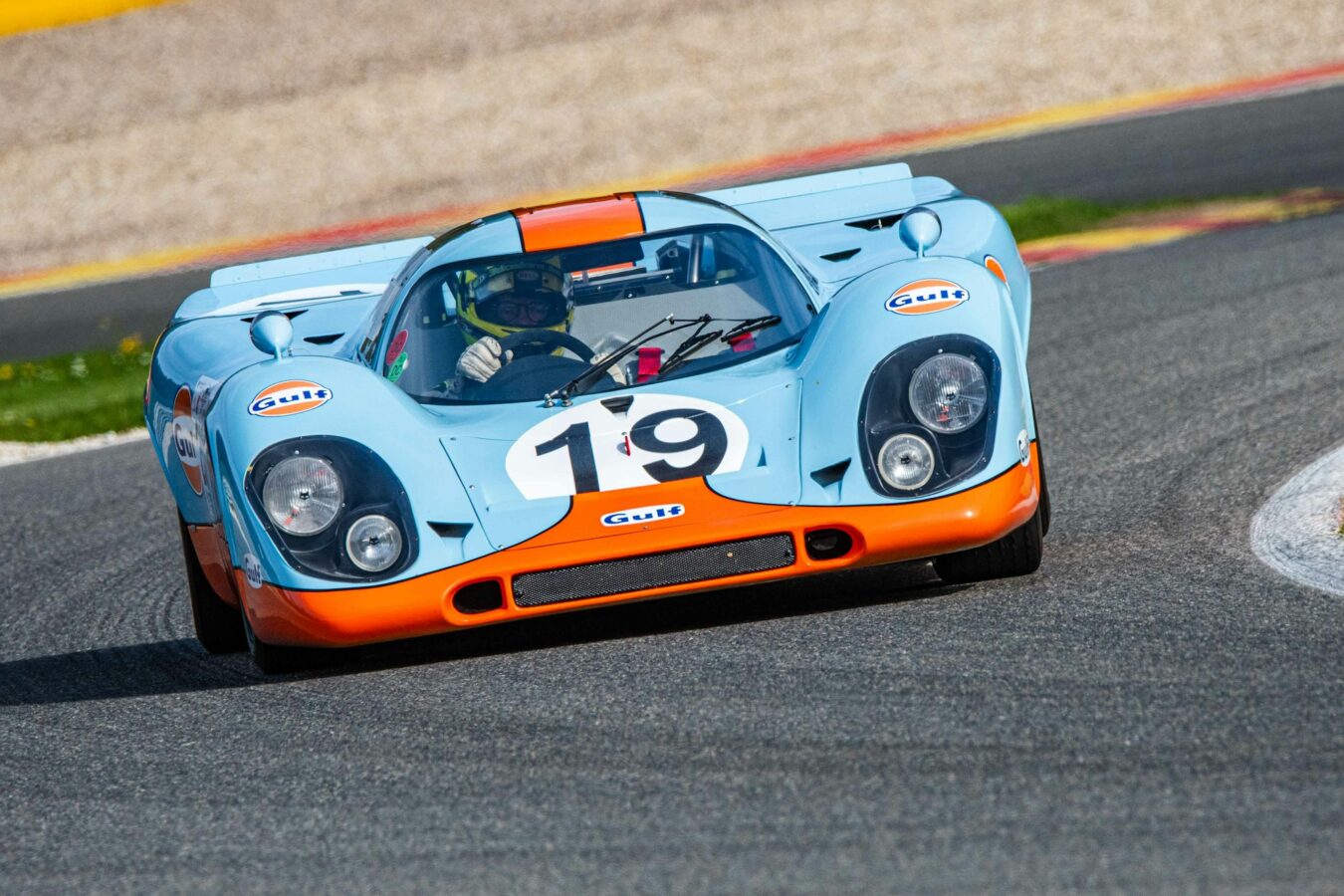
The sheer power and blistering speed of the Porsche 917 at Le Mans forever changed endurance racing. This beast wasn’t just fast; it was a forbidden fruit, a marvel of engineering that ultimately proved too wild for the rulebooks.
Porsche 917: 5 Facts on the Le Mans Racer Banned for Speed
- The Porsche 917 redefined Le Mans speed in the late 60s/early 70s.
- Its flat-12 engine unleashed raw, unadulterated power onto the track.
- Initial aerodynamic instability made the 917 notoriously tricky to drive.
- The car won Le Mans twice before being effectively banned from prototype competition.
- FIA engine capacity limits sealed its prototype racing fate.
The Birth of a Legend: The Porsche 917

First of all, you have to keep in mind that when the Porsche 917 was designed, it was a different time, I know it’s obvious, but… in the late 60s, everything was kinda wild. Cars were getting CRAZY fast, especially in endurance racing. All of a sudden, Porsche decided they weren’t just gonna play; they were gonna dominate. They wanted to win Le Mans, and they wanted it bad. So, in 1969, they unleashed the Porsche 917.
This thing wasn’t just another race car. It was built to the FIA’s new Group 4 Sports Car regulations, which required 25 examples to be built. Twenty-five! For a car with a 4.5-liter flat-12 engine (which the first versions had, later it reached 5.4 liters) stuffed in the back. Pretty sure it sounded like pure thunder. The chief engineer, Ferdinand Piëch, was kinda ruthless about it, pushing the limits on everything.
Porsche actually had to show the FIA inspectors all 25 cars parked in a row to prove they met the homologation rules. Pretty sure that was a flex move, like, “Yeah, we built these MONSTERS, now let us race!”
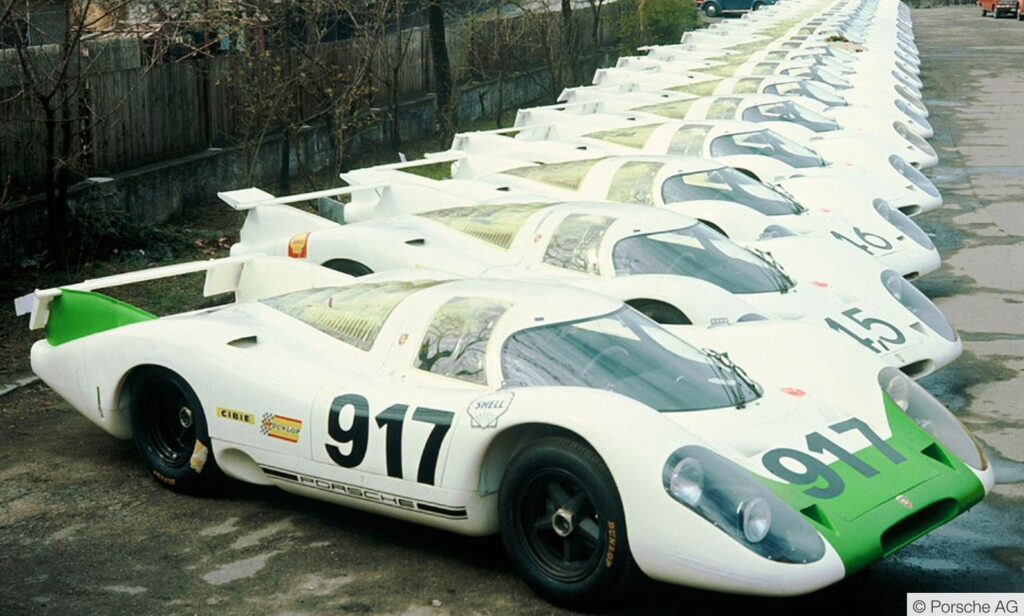
The early 917 was a bit of a handful, though, especially the original long-tail (LH – Langheck) version. Drivers were saying it was twitchy, unstable at high speeds. Not surprisingly, it was a bit of a nightmare to drive. Imagine trying to hold onto 600 horsepower while doing 200 mph down the Mulsanne, and the car’s trying to swap ends on you. That’s some serious high-stakes gambling right there – too much performance for its own good, initially.
The Mulsanne Monster
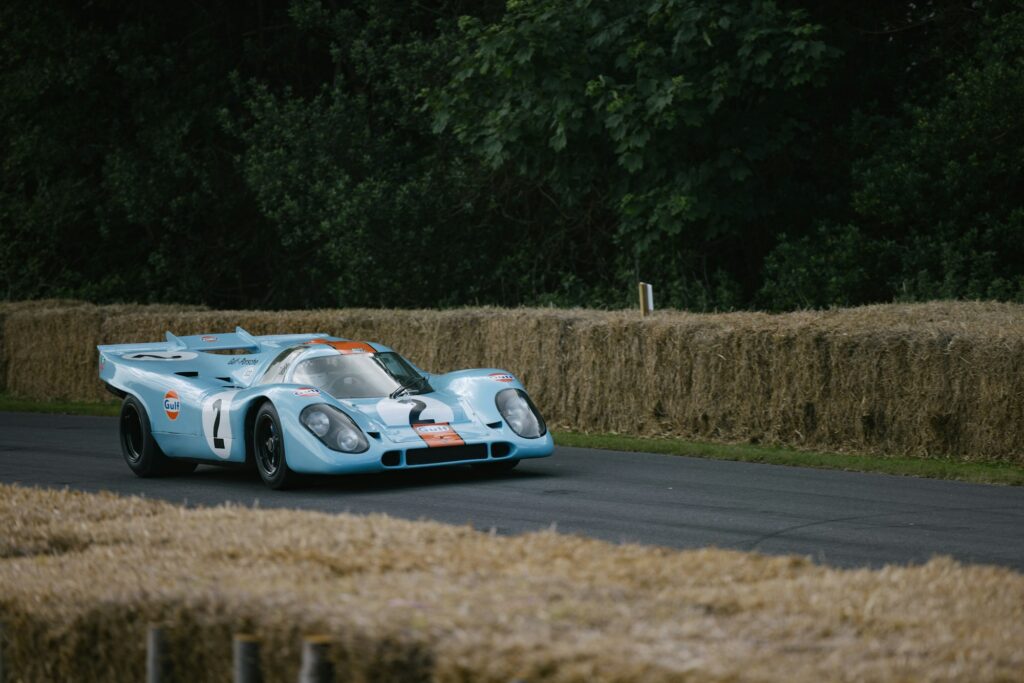
But Porsche didn’t quit. They teamed up with John Wyer Automotive Engineering and Gulf Oil, and that’s when the magic really happened. The Wyer team, with their legendary blue and orange livery, took the problematic 917 and, with help from Porsche engineers, came up with the 917K (Kurzheck – short tail). This short-tail version sorted out a lot of the aerodynamic issues, making it much more stable and, frankly, terrifyingly fast.
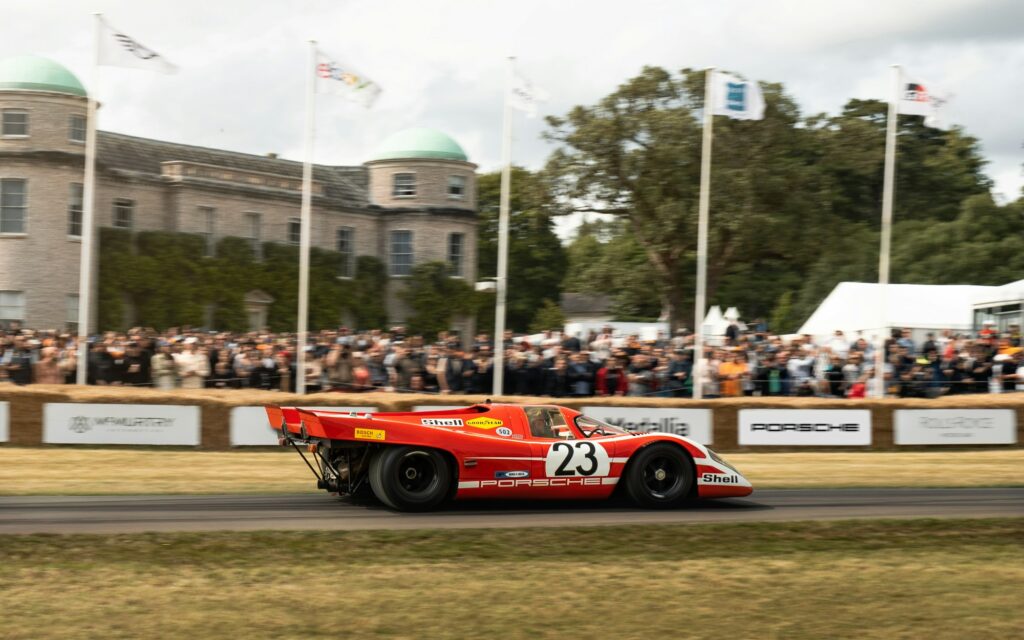
Suddenly, the 917 wasn’t just a monster; it was a conqueror. In 1970, Hans Herrmann and Richard Attwood, driving a red-and-white Salzburg-liveried 917K, brought home Porsche’s first overall Le Mans victory. It was a brutal race, heavy rain and all, but the 917 proved its mettle. The next year, 1971, was an absolute domination. Helmut Marko and Gijs van Lennep, driving another 917K, set a distance record that stood for decades, covering 5,335 kilometers (3,315 miles). The top speed on the Mulsanne Straight? Easily hitting 362 km/h (224 mph). Think about that for a second. In 1971. On skinny tires. It’s almost unbelievable how fast these things were.
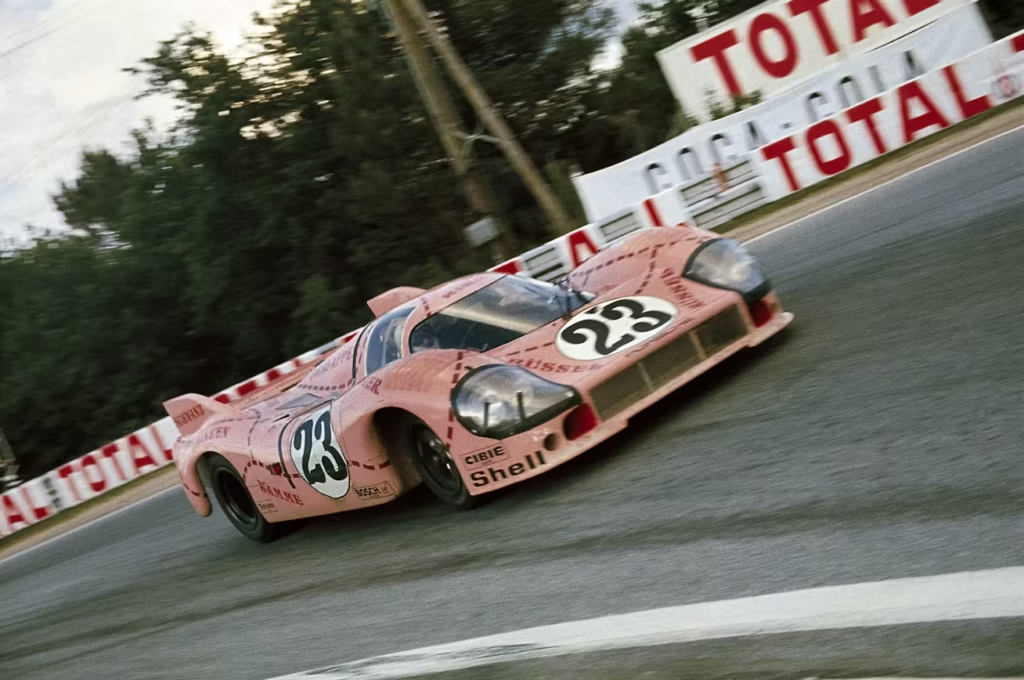
This car was an absolute weapon. It pulled like a freight train and sounded nasty. That raw, visceral scream of the flat-12, winding out on the Mulsanne, must have been something else. The power-to-weight ratio was insane, with the car weighing in at around 800 kg (1,760 lbs). It was the ultimate forbidden fruit, pushing the boundaries of what was considered safe and competitive.
The Hammer Drops
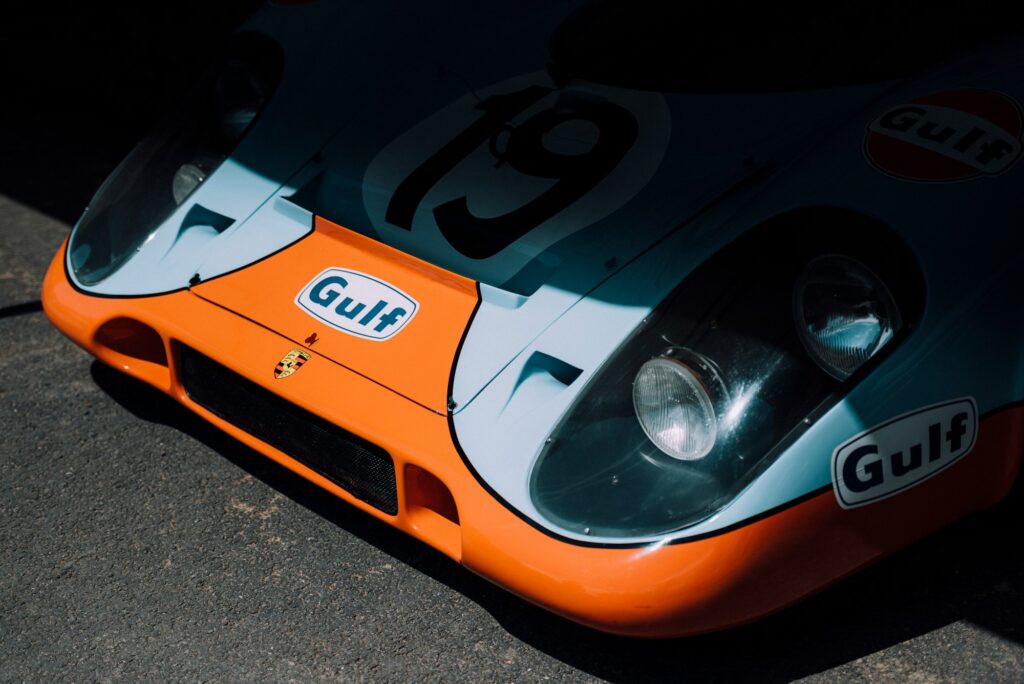
The 917’s dominance didn’t sit well with the FIA. Or, more accurately, with the Commission Sportive Internationale (CSI), which was the FIA’s sporting arm at the time. They saw what was happening: cars were getting too fast, too powerful, and potentially too dangerous for the circuits of the era. The speeds were just escalating at an alarming rate.
So, for the 1972 season, the CSI introduced new regulations for prototype racing. They basically chopped the engine capacity for Group 5 prototypes down to 3.0 liters. This move, plain and simple, was a direct shot at the 917 and other big-displacement monsters like the Ferrari 512. The flat-12, even the later 4.9-liter and 5.0-liter versions, was instantly rendered obsolete for prototype competition.
It was a ban, effectively. Not because the car was illegal, but because the rules were changed specifically to eliminate it. The 917, this incredible machine that had redefined speed and endurance, was legislated out of existence in its dominant form. It was too fast, too successful, too much of a good thing that the governing body felt compelled to rein it in. Kinda like when they killed Group B rally cars – pure, unadulterated performance that just got too wild. The 917 became a legend, a ghost of Le Mans, remembered for its incredible speed and the way it forced the rulemakers’ hand.
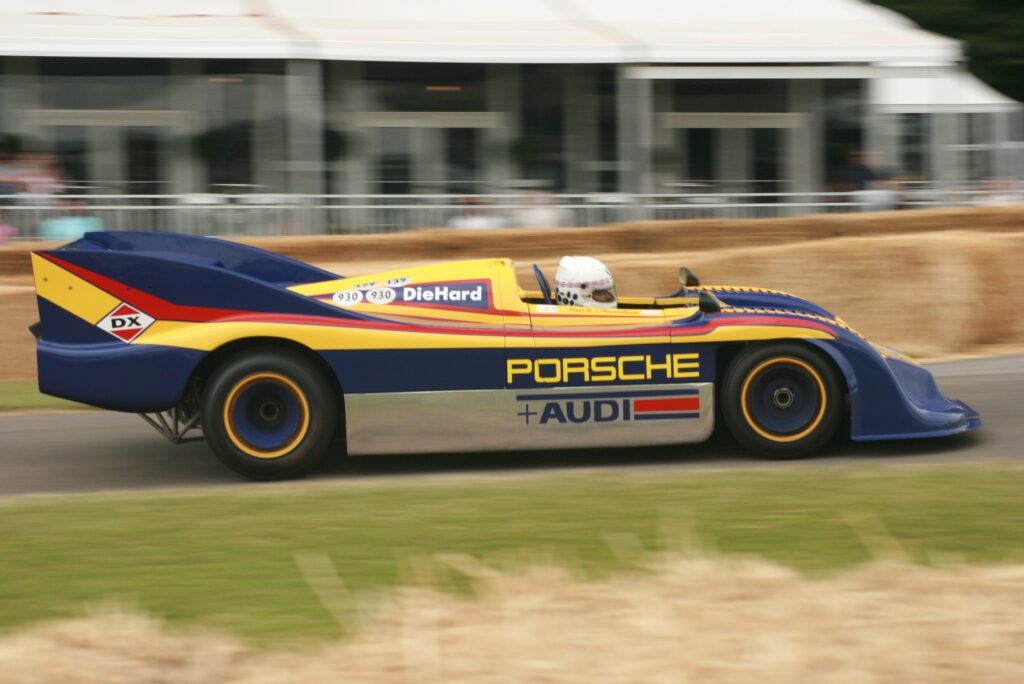
It “retired” by competing in the American Can-Am races, with their latest version of the 917 the Porsche 917/30, featuring a monster 5.4 liter engine that produce a mind-blowing 1,580 horsepower.
FAQ About the 917
Was the Porsche 917 actually “banned” from racing?
Not directly banned, but new regulations for the 1972 season limited prototype engine capacity to 3.0 liters, making the 917’s 4.5L to 5.0L flat-12 engine illegal for competition.
How fast was the Porsche 917 on the Mulsanne Straight?
The Porsche 917, particularly the 917LH, could reach speeds of up to 360 km/h (224 mph) on the Mulsanne Straight at Le Mans.
Did the Porsche 917 win Le Mans?
Yes, the Porsche 917 secured Porsche’s first overall victories at the Le Mans 24 Hours in both 1970 and 1971.
How fast was the Porsche 917 on the Mulsanne Straight?
The Porsche 917, particularly the 917LH, could reach speeds of up to 360 km/h (224 mph) on the Mulsanne Straight at Le Mans. Then in 1971, in testing it reached 394 km/h, and in the race it reached 388 km/h, a record that stood for 17 years straight.
What made the early 917 so dangerous or difficult to drive?
The original 917 suffered from significant aerodynamic instability at high speeds, making it extremely twitchy and challenging for drivers to control until modifications led to the more stable 917K.
Where did the 917 go after its prototype racing career ended?
While banned from prototype racing, the 917 found new life in other series, most famously in the North American Can-Am series, where turbocharged versions like the 917/30 became incredibly dominant.

